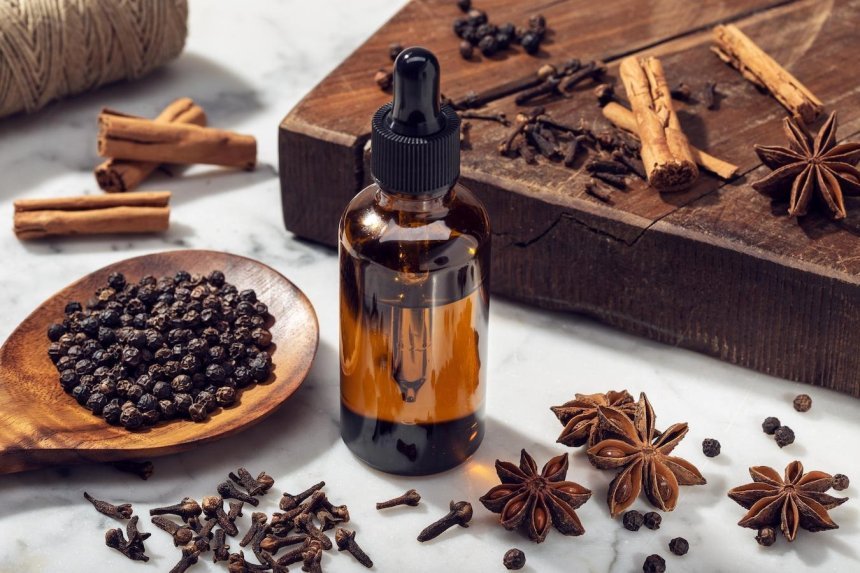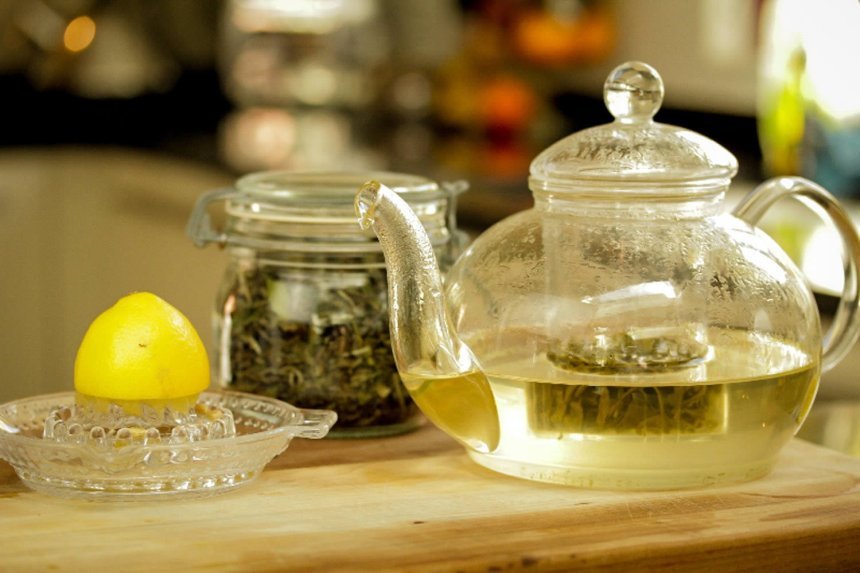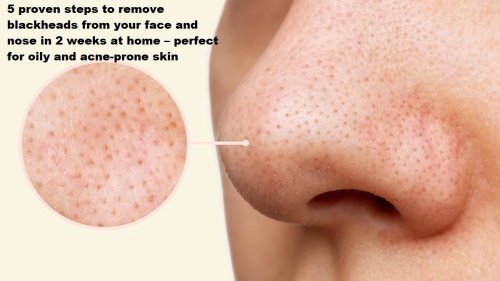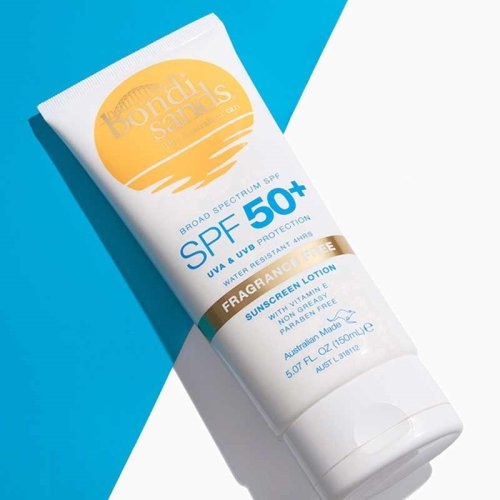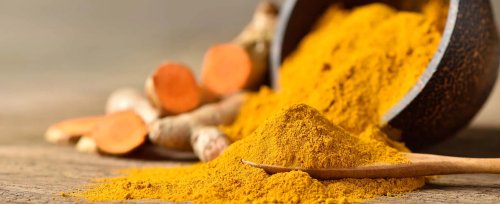7 Natural Ways to Balance Sebum Production for Oily Skin (Derm-Backed Guide)
Are you Struggling with oily skin? Learn 7 dermatologist-approved, natural ways to balance sebum production and reduce shine without stripping your skin barrier.

7 Natural Ways to Balance Sebum Production for Oily Skin (Derm-Backed Guide)
Are you struggling with oily skin? Learn 7 dermatologist-approved, natural ways to balance sebum production and reduce shine without stripping your skin barrier. Often, your face feels greasy constantly, your makeup slides off by noon, or you’re always blotting your T-zone; chances are, you’re dealing with overactive sebum production. While sebum, your skin’s natural oil, is essential for hydration and protection, an excess of it can clog pores, trigger breakouts, and leave your skin looking shiny instead of glowing.
So how can you balance oil levels naturally without resorting to harsh products or completely drying out your skin? In this post, we’ll explore what sebum is and why your skin might be overproducing it, share 7 natural, dermatologist-recommended ways to control oil, and offer daily skincare habits and product tips to help you maintain clear, healthy, and balanced skin. Let’s help you ditch the midday shine for good.
What Is Sebum and Why Is It Overproduced?
Sebum is an oily, waxy substance naturally produced by the sebaceous glands in your skin. Its primary role is to keep your skin soft, hydrated, and protected. However, when your body produces too much sebum, it can lead to clogged pores, acne, and an overly shiny appearance. Several factors contribute to excess sebum production, including genetics; some people simply have oilier skin by nature.
Hormonal imbalances, such as those that occur during puberty, menstruation, or times of stress, can also trigger the skin to produce more oil.
Using harsh skincare products or over-cleansing can strip your skin’s natural barrier, which may cause it to compensate by generating even more oil. Diet and lifestyle also play a role; high-sugar and high-dairy intake have been linked to increased oiliness. Surprisingly, even dehydration can make things worse, as dry skin signals your body to boost oil production in an attempt to stay moisturized.
7 Natural Ways to Balance Sebum Production for Oily Skin
1. Cleanse Gently, Not Aggressively
Using a harsh face wash twice a day can backfire by stripping your skin and triggering more oil. Instead, use a gentle, sulfate-free cleanser with a pH between 4.5 and 5.5. Look for ingredients like green tea extract, chamomile, or honey, which help soothe the skin while cleansing.
2. Hydrate with Lightweight, Non-Comedogenic Moisturizers
Oily skin still needs hydration. Use a gel-based or water-based moisturizer with ingredients like aloe vera, hyaluronic acid, or glycerin. Keeping your skin hydrated tells your oil glands to calm down.
3. Use Green Tea Extract (Topical or Internal)
Green tea contains polyphenols that reduce oil production and inflammation. Applying green tea-infused products or drinking 1–2 cups a day can help regulate your skin naturally.
4. Try Natural Clay Masks (1–2x per Week)
Clay masks like kaolin or bentonite clay are excellent for absorbing excess oil without drying the skin. Avoid daily use; twice a week is plenty.
5. Balance Your Diet
Cutting back on dairy, processed sugar, and greasy foods can play a significant role in reducing sebum production and improving overall skin health. Instead, focus on incorporating more anti-inflammatory foods into your diet, such as leafy green vegetables, omega-3-rich options like salmon and flaxseeds, and zinc-packed foods like pumpkin seeds and lentils. These nutrient-dense choices help regulate hormones, calm inflammation, and support clearer, more balanced skin from the inside out.
6. Incorporate Niacinamide into Your Routine
Niacinamide (Vitamin B3) is a powerful ingredient that regulates oil production, soothes inflammation, and minimizes pores. It’s also gentle and works well with sensitive or acne-prone skin.
7. Avoid Over-Exposing Your Skin to the Sun
Excess sun exposure can dehydrate your skin and lead to a rebound increase in oil production. Always use a lightweight, non-comedogenic SPF 30 or higher, preferably mineral-based if you have sensitive or oily skin.
Tips: What Not to Do If You Have Oily Skin
- Don’t skip moisturizer
- Don’t wash your face more than 2–3 times daily
- Don’t use alcohol-based toners or astringents
- Don’t sleep with makeup on
Best Natural Products for Oily Skin (2025 Picks)
- CeraVe Foaming Facial Cleanser: Great for removing oil without stripping
- La Roche-Posay Effaclar Mat Moisturizer: Contains seboregulating ingredients
- The Ordinary Niacinamide 10% + Zinc 1%: Budget-friendly and highly effective
- Innisfree Super Volcanic Pore Clay Mask: Natural and oil-absorbing
Frequently Asked Questions
Q1: Can drinking more water reduce oily skin?
Yes. Dehydrated skin overcompensates by producing more oil, so drinking 8+ glasses of water per day can help regulate oil production.
Q2: Is it okay to exfoliate oily skin?
Yes, but gently. Use chemical exfoliants like salicylic acid 2–3 times a week instead of harsh scrubs.
Q3: Can oily skin go away with age?
In some cases, yes. Hormones tend to settle with age, and many people with oily skin in their teens or 20s notice improvement in their 30s or 40s.
Conclusion
Balancing sebum production isn’t about stripping your skin; it’s about supporting it naturally. By using gentle cleansers, staying hydrated, incorporating the right ingredients like niacinamide and green tea, and adjusting your lifestyle, you can take back control of your skin.
Oily skin doesn’t have to mean dull, greasy, or breakout-prone skin. With the right routine, your skin can look healthy, matte, and balanced without the shine.
Share
What's Your Reaction?
 Like
0
Like
0
 Dislike
0
Dislike
0
 Love
0
Love
0
 Funny
0
Funny
0
 Angry
0
Angry
0
 Sad
0
Sad
0
 Wow
0
Wow
0
